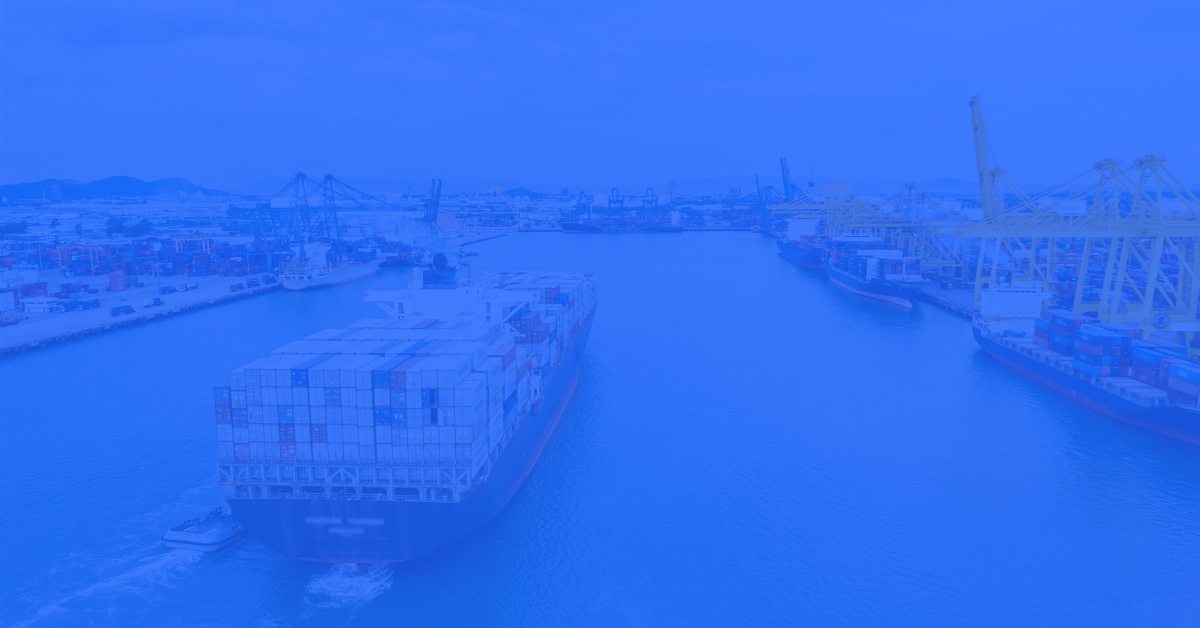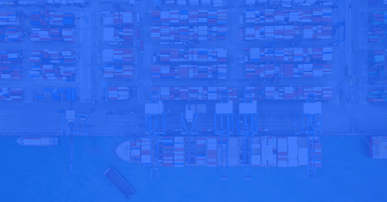Reuters said it best when they titled their most recent article on the supply chain disaster "Containergeddon."
They might not be far off the mark, as our short-term market Xeneta Shipping Index (XSI®) documented a 900+ percent rate increase in the past year itself. In September 2021, the contract market Xeneta Shipping Index (XSI®) revealed a monthly increase of 3.2% MoM. The development followed a 2.2% increase in August and an unprecedented 28.1% jump in July.
With COVID-19 disruptions, port congestions, strong demand, and maxed-out capacity, a series of events have worsened the global supply chain situation so far. Shippers are desperate to pay more to secure deliveries or get ahead of the key trading periods such as Christmas.
Maersk announced they are cutting or withdrawing services to multiple small ports, while other carriers announce more blanked sailing. Coca-Cola is shipping 60,000 MT of product in bulk tankers instead of boxes.
In addition to consumers experiencing product shortages and higher prices, it appears a box ship is responsible for causing a recent oil spill that fouled 40+ kilometers (24+ miles) of the California coastline.
Now more than ever, there is a need for shippers to quantify the short-medium-long term factors affecting the box market to rebuild a viable supply chain.
Here is our take on the 2021 box market and outlook beyond the current supply chain debacle.
Short Term: 2021-2025
There is no reason to think container rates will drop back to pre-covid levels, surcharges will disappear, or schedule reliability will improve as supply chain problems worsen.
Even though the photos of the vessels waiting off Los Angeles/Long Beach are frequently used as visuals to describe the global supply chain disaster, the truth is far more complex.
In reality, these problems are a combination of a worldwide driver shortage, equipment shortage, Covid-related port congestion issues, box carriers’ disregard for signed contracts; And all of this is set within a framework of record exports from Asia into the US.
Although several small box carriers are now opportunistically moving cargo from China into the EU and USWC, they run into the same port issues as the big box carriers, so cargo is not necessarily moving inland any quicker.
Another issue is that big box carriers are buying both port facilities and freight forwarders, enabling them to maintain their stranglehold on both rates and services.
With more and more articles discussing near-shoring appearing, these are long-term decisions that take time to implement. Hence, relocating to Mexico or Eastern Europe will not solve or relieve the supply chain crisis in the immediate term.
The answer to the future fuel debate is to be determined. While neither ammonia nor hydrogen is currently technically viable as a blue-water fuel, it is worth remembering that Maersk’s methanol-fueled newbuilds are dual-fueled; should methanol not be available come launching. Other than Maersk, the box industry seems to be adopting LNG as the transition fuel to IMO 2050.
While governments are looking increasingly at the box carrier role in the supply chain debacle, no sovereign response has yet been forthcoming.
Medium Term: 2025-2030
The box carriers' massive new build programs might launch in time, but the supply chain problems will remain. If anything, an additional 170+ mega sitting outside LA/LB, Northern European, or main Chinese ports will add to the paralysis, as money for port expansions and related critical infrastructure is typically a governmental function that takes years to approve and more years to implement.
Additionally, the driver and port worker shortage will worsen as the populations in North America, UK, and the EU continue to age out. With consumer/retail pressure ensuring the box carriers and their stakeholders take climate change seriously, the future fuel debate will likely be resolved (methanol and LNG). The cost of such fuel and its effect on rates has yet to be determined.
As port congestion worsens and the big box carriers increase their stranglehold on rates and services, forward-looking companies put in place multi-sourcing strategies to build more resilience into their supply chains. Central or South America, Eastern Europe, or Africa are considered alternatives and additional locations to source from paired with volumes coming from the Far East. Even near-shoring is rising as an alternative to keep the flow of cargo intact in challenging times.
Long Term: 2030 & Beyond
The higher wages needed to attract drivers and dockworkers continues to put upward pressure on box rates. In an extreme scenario, the governments might force hefty fines on the very profitable box carriers in response to public and corporate outrage to the seemingly never-ending supply chain fiasco, similar to those imposed on the American tech giants.
Regardless of which fuel is used, the newbuilds still must deliver into ports that lack sufficient workers, infrastructure, and equipment.
Companies that opt for multi-sourcing or near-shoring might regain control of their supply chain by bypassing still-choked ports and hence become more resilient in their plan.
With the box carriers now regularly in the public eye due to supply chain issues, retailer and consumer pressure ensure the box carriers meet the IMO emission standards; via LNG, methanol, or both.
Although commercial shipping contributes approximately 4% to CO2 emissions, it is unknown whether governments, led by the EU, will tighten the standards again.
Granted that the above scenarios depend on the assumption that rates might never go back down in the new normal, but as we frequently measure the Just-in-Time supply chain in months and quarters instead of days, the box industry may be held accountable for near-shoring and increased government regulations in the future.






